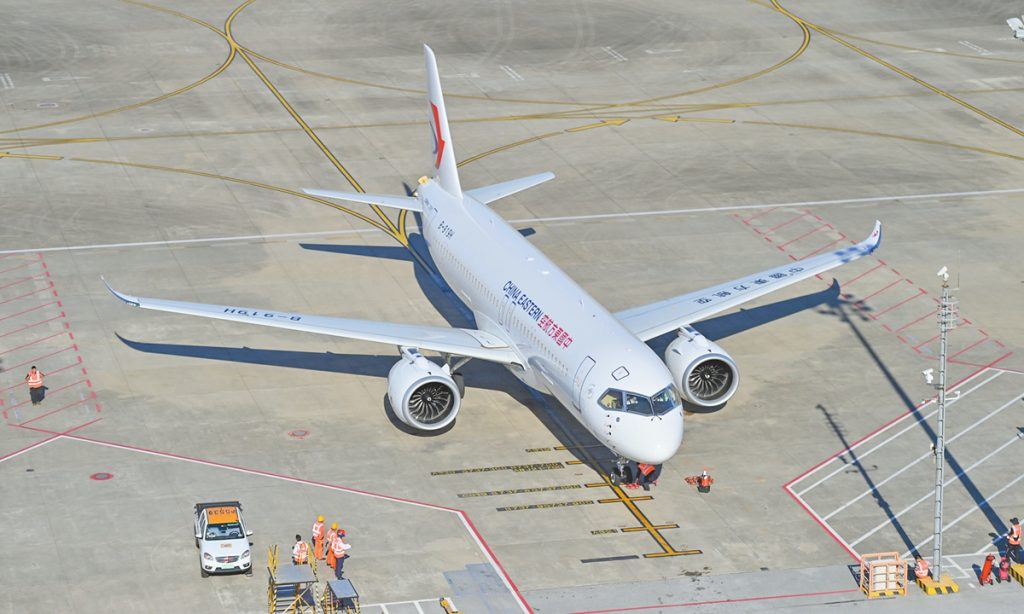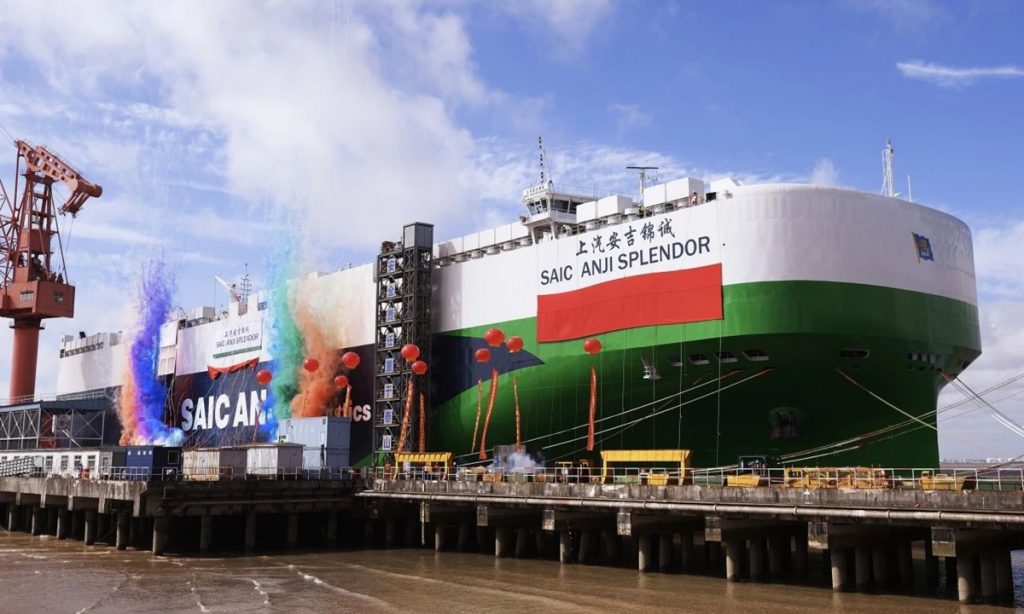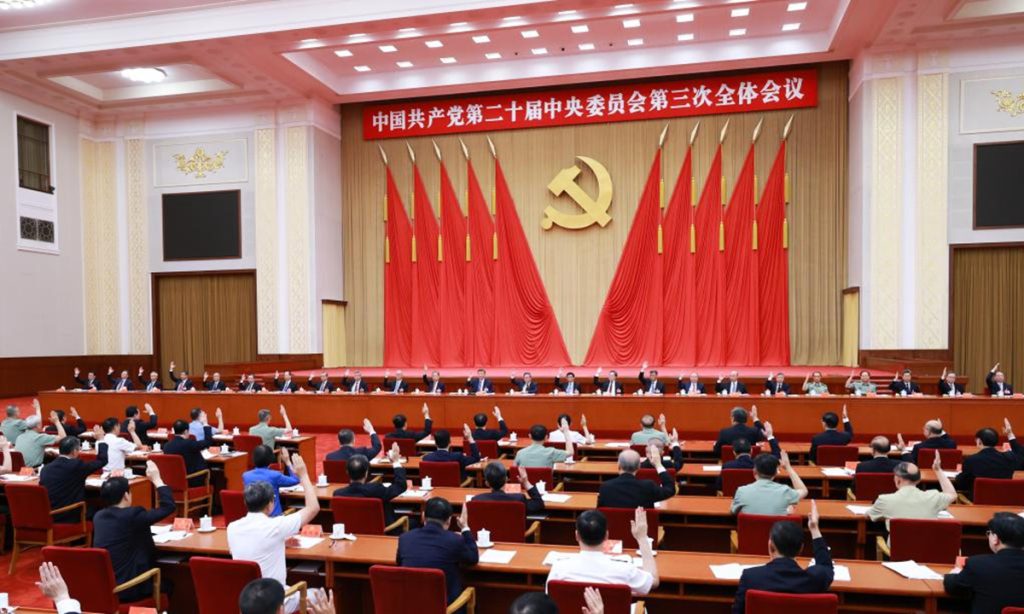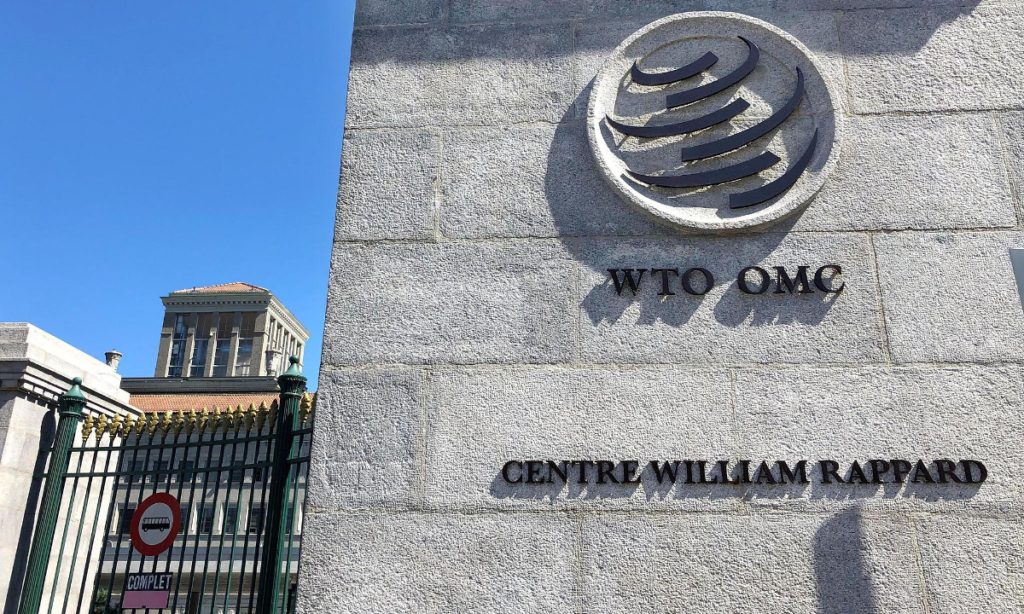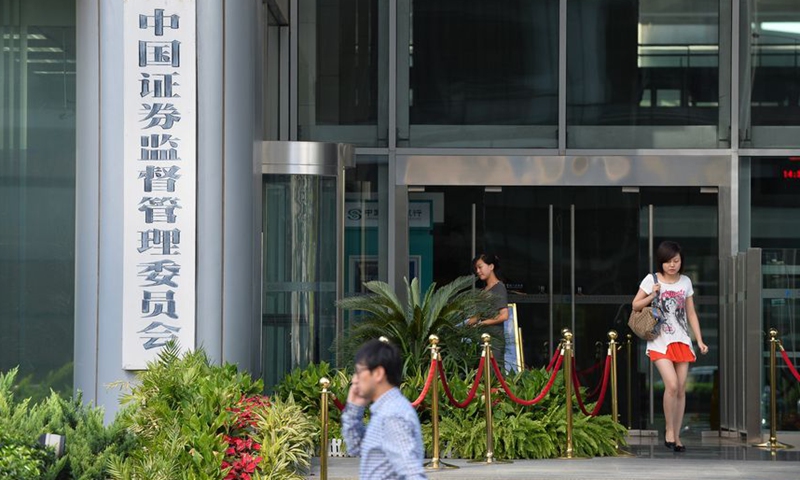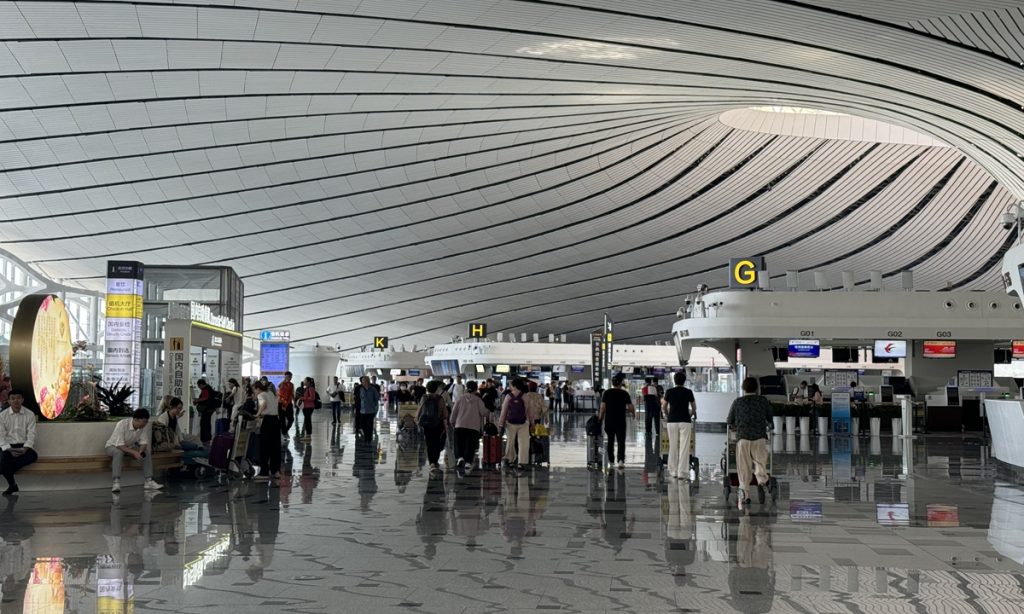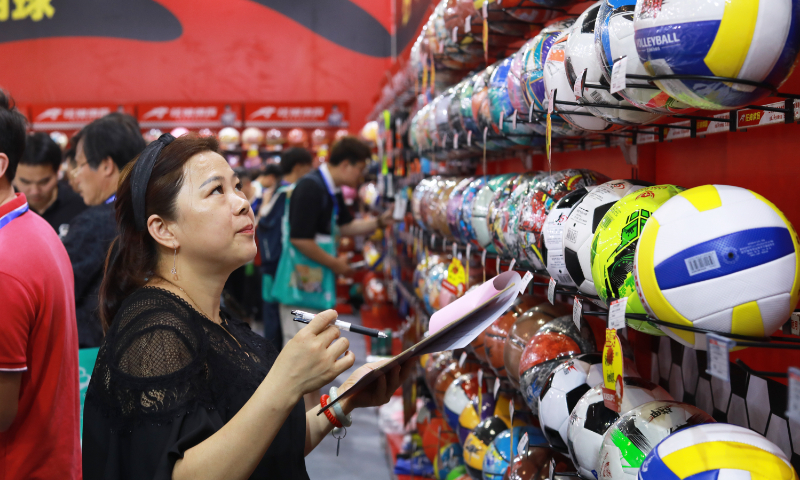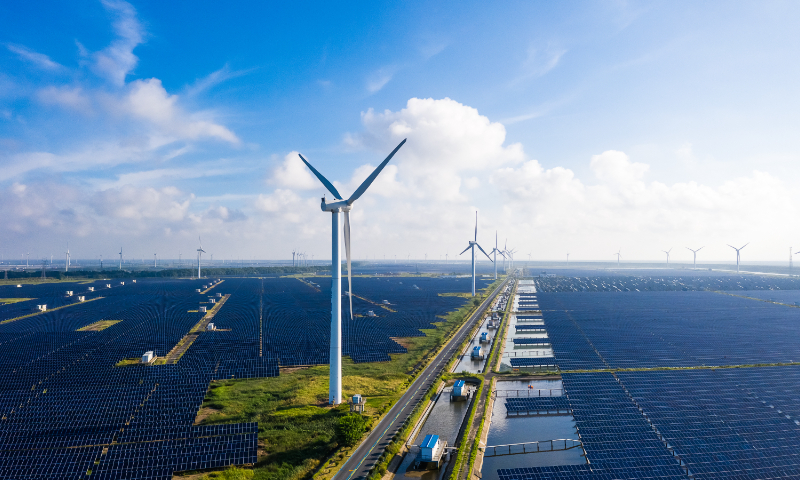Shanghai Museum throws a party for pet cats during ‘Fantastic Night’ event at ancient Egyptian civilization exhibition

Around 200 exquisitely dressed pet cats accompanied by their owners paid their first ever visits to an exhibition on ancient Egyptian civilization held in Shanghai on Saturday evening, a pioneering practice among comprehensive museums worldwide.
The exhibition named On Top of the Pyramid: The Civilization of Ancient Egypt, co-hosted by the Shanghai Museum and the Supreme Council of Antiquities (SCA) of Egypt was opened at the Shanghai Museum on July 19, offering visitors an artistic feast from the ancient Egyptian civilization with 788 precious artifacts from Egypt to promote cultural exchanges and mutual learning between China and Egypt. The exhibition will run through August of 2025.
In ancient Egypt, the best-known revered feline goddess Bastet with the head of a cat and the body of a woman, was regarded as a symbol of protection and spirituality. The ancient Egyptians’ worship of the cat goddess aligns with modern society’s love for cats.
Starting from July 27, the Shanghai Museum will host 10 special cat-friendly sessions, titled “Fantastic Night,” on Saturday nights, allowing visitors to bring their pet cats along, a pioneering practice among comprehensive museums worldwide. The 200 tickets of the first exhibition for visitors with pets were sold out in one second and all the tickets for a total of 10 cat-friendly exhibitions were sold out in one hour.
Visitors from across the country with their fashionably outfitted pet cats gathered together at the Shanghai Museum to participate in the party thrown specially for cats, with over 400 newly unearthed artifacts from Saqqara, an important burial site in ancient Egypt, being exhibited for the first time worldwide.
The exhibition on ancient Egyptian civilization is divided into three sections, “The Land of the Pharaohs,” “The Secrets of Saqqara” and “The Age of Tutankhamun.” Cats are the highlight of “The Secrets of Saqqara” section presented at the second hall.
In 2020, groundbreaking archaeological findings at Saqqara, including the unearthed ruins of a temple dedicated to the revered cat goddess Bastet dating back to 600 BC and well-preserved relics from the subterranean tomb of the cat goddess priests, came among the top 10 archaeological discoveries in the world for the year 2020.
In addition to the cat goddess sculptures and other exhibits, the exhibition area also features a unique atmosphere created by cat-themed images projected on screens surrounding the walls. Visitors can take photos with their pet cats at a designated photo-taking area. A variety of cat-themed interactive devices are also provided at the exhibition section.
Chu Xiaobo, head of the Shanghai Museum, said that since the exhibition features many artifacts related to the cat goddess, the museum took this opportunity to create various conditions to host the cat-themed activities. Chu said that the investment in labor, material and financial resources is worthwhile as long as visitors can experience a new way of visiting the museum, reported by the Shanghai Morning Post.
Chu added that the museum encourages more people to raise pets with civilized habits and advocate for a more inclusive mindset that embraces peaceful coexistence between pets and humans, working together to create a pet-friendly city.
Before the event, many people were concerned that cats might experience stress in public places and that various incidents might occur with so many cats in one space. However, almost all the cats were well-trained and are “social butterflies” in the feline world. They were not startled by large crowds and handled the bustling scenes with ease.
According to the requirements of the museum, visitors with pets must obtain an immunization certificate for their cats from a certified veterinary hospital and present it upon entry. They should also bring their own cat carriers or pet strollers, as well as leashes and harnesses.
To ensure the event runs smoothly, the museum invited veterinarians, pet ambulances, surgeons and a pet management team to stand by on site. Museum staff have also received professional training related to cats.
Incomplete statistics show that Shanghai is home to over 1 million pet dogs and more than 1.2 million pet cats. As more and more pets enter urban public spaces, many public places have gradually become pet-friendly venues.
